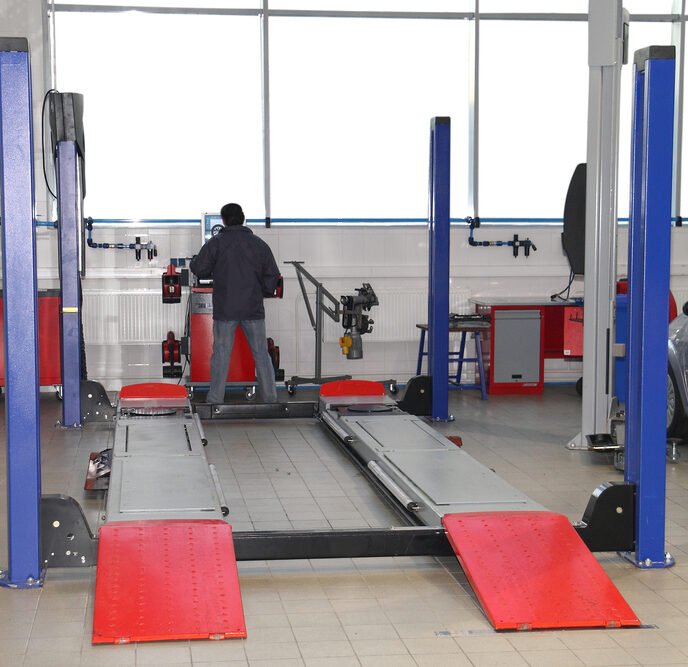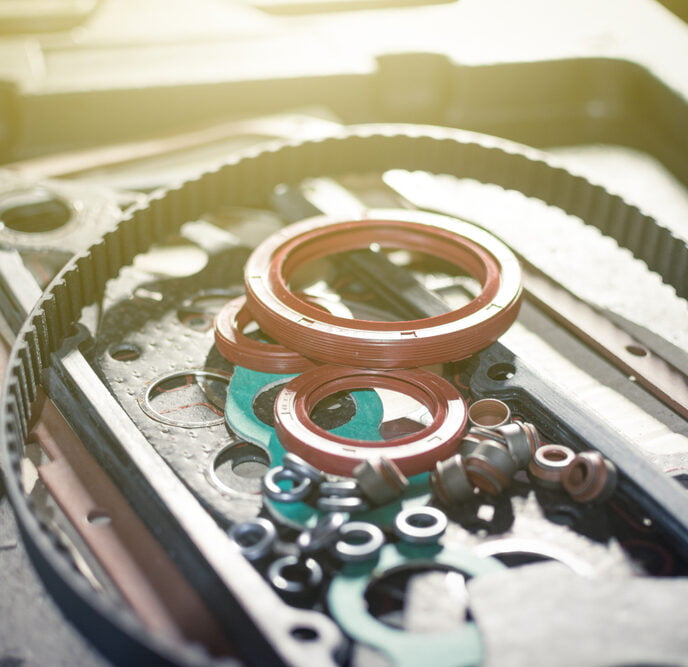Hydraulic Cylinder Seal Replacement Procedure
The workhorse of your automotive lifts, hydraulic cylinders are devices that use fluid pressure to generate force and movement. Over time, continual use of your lift can cause wear and tear on the components which can hinder the performance of your equipment.
The internal seals on your hydraulic cylinders are one common weak component that experiences wear, buildup of debris, and other issues. This guide will show you the steps needed to replace your seals so you don’t have any troubles with leakage.
What You Should Know Before Working on Your Hydraulic Cylinder
Before proceeding with the process, it is necessary to understand the possible causes of hydraulic cylinder seal failure and to be equipped with the right tools and experience should you attempt to try the replacement yourself. For the large majority, having a trusted professional do the repair will save lots of hassle and worry of safety concerns.
There will always be at least one seal found on the hydraulic cylinder. They can be installed on either the end of the cylinder body, or at the end of the rod. Check that you have the correct parts for your hydraulic cylinders as different cylinders require different seal kits. You can confirm you have the correct parts by referencing the old parts or reviewing an owner’s manual.
Once you have everything you need, you are ready to fix your seal.
Preparation
Find a clean space appropriate for hydraulic cylinder maintenance. Make sure you have plenty of space to store cleaned parts so they can remain free from debris.
Have tools ready such as protective gear, a screwdriver, pliers, wrenches, emery clothes, a mallet or hammer, and a seal kit.
Clean surfaces of cylinders that will be sealed so all traces of dirt and fluid are removed. Check for any imperfections that could cause leaks and smooth over any rough patches.
Replacement
Loosen the hoses from the point of connection with the cylinder body. This releases the pressure from the cylinder. Work on one cylinder at a time.
Carefully remove the cylinder from the lines and ensure its weight is supported so it does not get damaged or cause injury.
Remove the piston rod then remove the lock nut to unscrew the piston and remove it from the cylinder.
Take the time to ensure the rod and cylinder are kept completely clean and placed on a clean surface where parts are not coming into contact with one another. These extra steps can prevent any costly damage to the components of the cylinder.
Keep parts in order to ease reassembly process. If it helps, take a photo for reference. This can also help when replacing the seals in the next few steps.
To prevent confusion, replace seals one a time. Pay attention to what kind of seal is being used and identify the correct replacement part. Fit the new seals in the exact same position that was previously used. Once again check for any dirt on the seal groove before replacing the part.
Reverse the process of removing the cylinder by starting with re-fitting the piston and securing it back into the cylinder body. Reconnect the cylinder to the hydraulic lines and remove any additional dirt or fluid created from the reassembly.
Testing
After the replacement is complete, operate the machine as normal. Check that all connections are secure throughout. No fluid should be escaping from the cylinder. If all looks good, then your replacement is complete.
Beyond Hydraulic Cylinder Maintenance
Replacing a broken seal is a smart way to perform preventative maintenance on your hydraulic cylinder, but at times it might just be a temporary fix. That is why it is always best to know how to diagnose any underlying causes so that these repairs do not become a reoccurring issue. One of the most common causes for a leaking hydraulic cylinder is broken or worn-out seals, but at times, a repair will not be enough. Sometimes fixing the issue, not the seal, will provide the best long-term solution, and a full part replacement might be needed to save you time and money.
SVI International: Connecting You with High Quality Automotive Equipment
If ever in doubt about how to replace hydraulic cylinder seals, what parts you need to complete a maintenance repair, or replacement tips, SVI International is always here to help. As a leader in repair parts for automotive lifts, you can always expect a prompt delivery from one of our three warehouses across the United States. Reach out to us at (800) 321-8173 or complete our online contact form. Ask us about specialty hydraulic cylinders if customized needs are required for your job.


